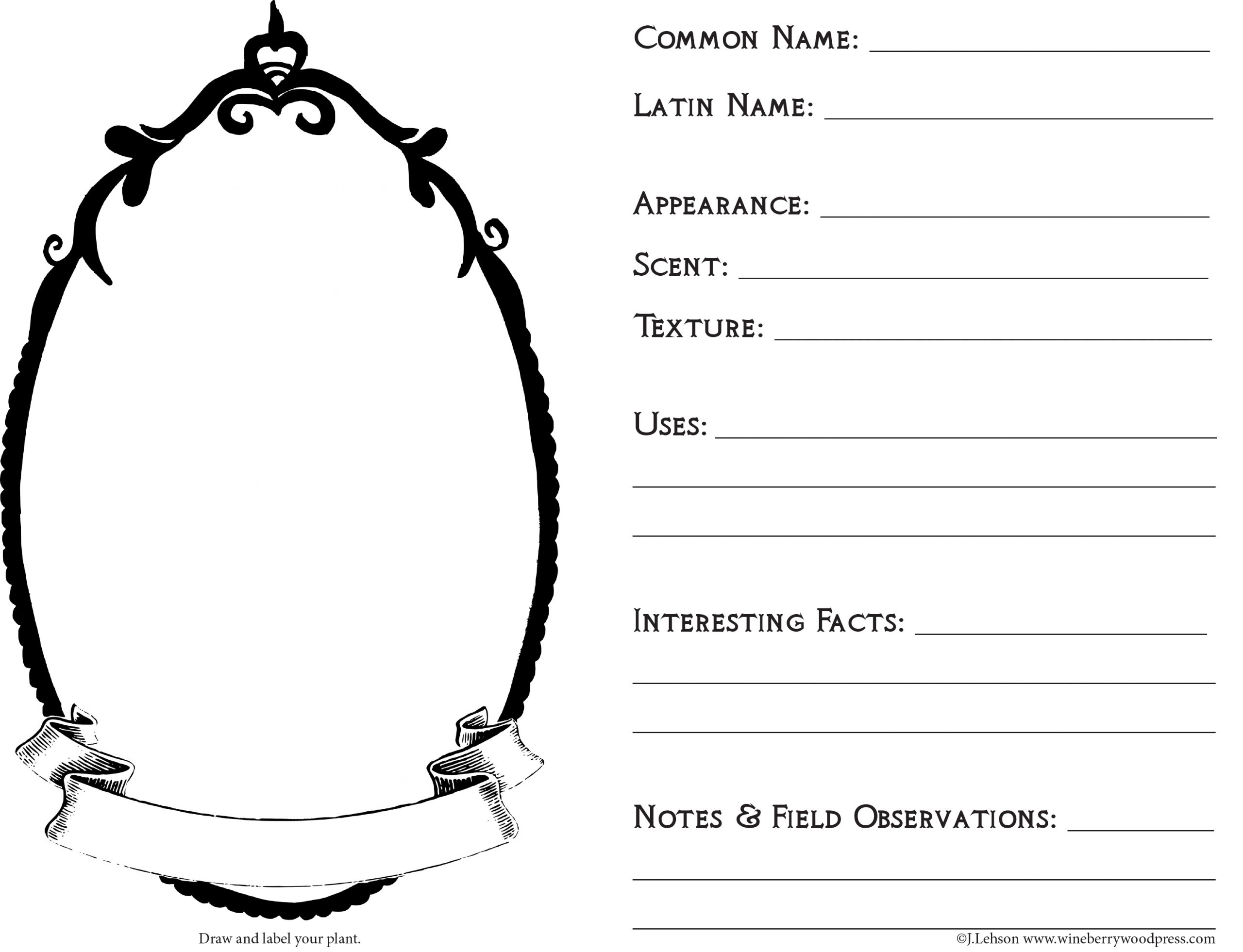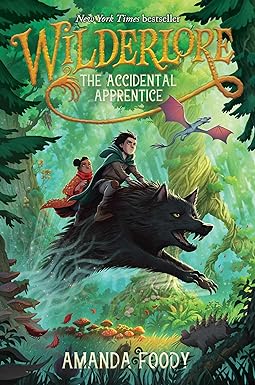
I began Picture Book Buds with the intention of exclusively featuring picture books. But then I read The Accidental Apprentice (Wilderlore Series). I was so inspired that I knew I needed to start doing middle grade book buds! I have been reading a ton of middle grade books lately, but would love to hear your suggestions for more book buds! Middle grade books are substantially longer, so I have broken the middle grade book buds into a lesson (called lore in honor of Wilderlore here), a craft or two, and a snack. All are driven by the themes and ideas in the respective book. These could be the jumping off point for a more in depth academic book study, or just a fun project to further immerse yourself in the worlds of your favorite books!
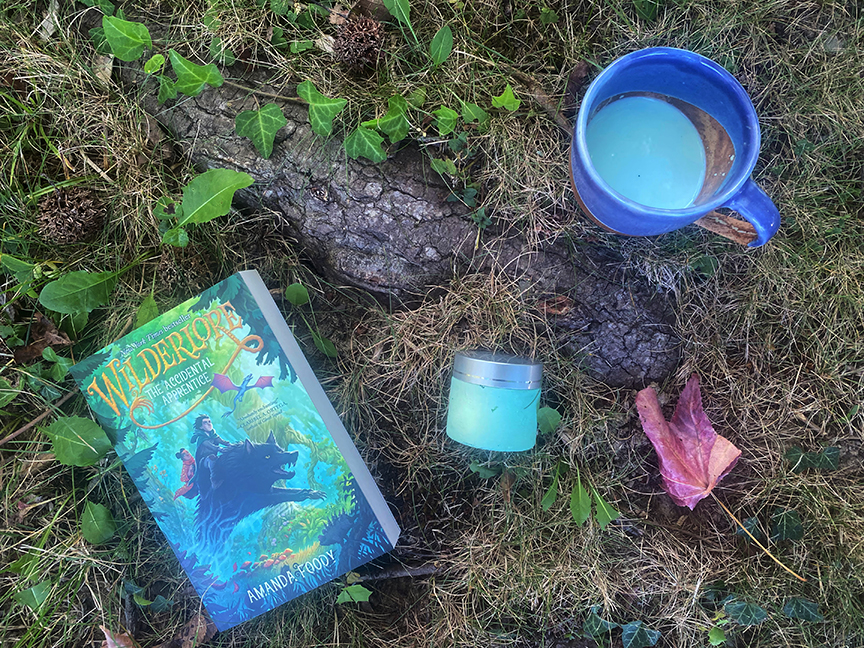
The Accidental Apprentice (Wilderlore Series)
Written by: Amanda Foody
The Accidental Apprentice is a middle grade book, but perfect as a read aloud. (This is how my kids and I read it) There are definitely some scary moments, but my kids (who are pretty squeamish) loved it. The world-building is phenomenal, there are important undercurrents of self acceptance and belonging, and the story twists and turns and keeps you on the edge of your seat! We also loved all of the plants and animals, while it takes place in an imaginary world it is very nature focused which makes it easy to draw parallels to the nature of our world.
Apothecary Lore
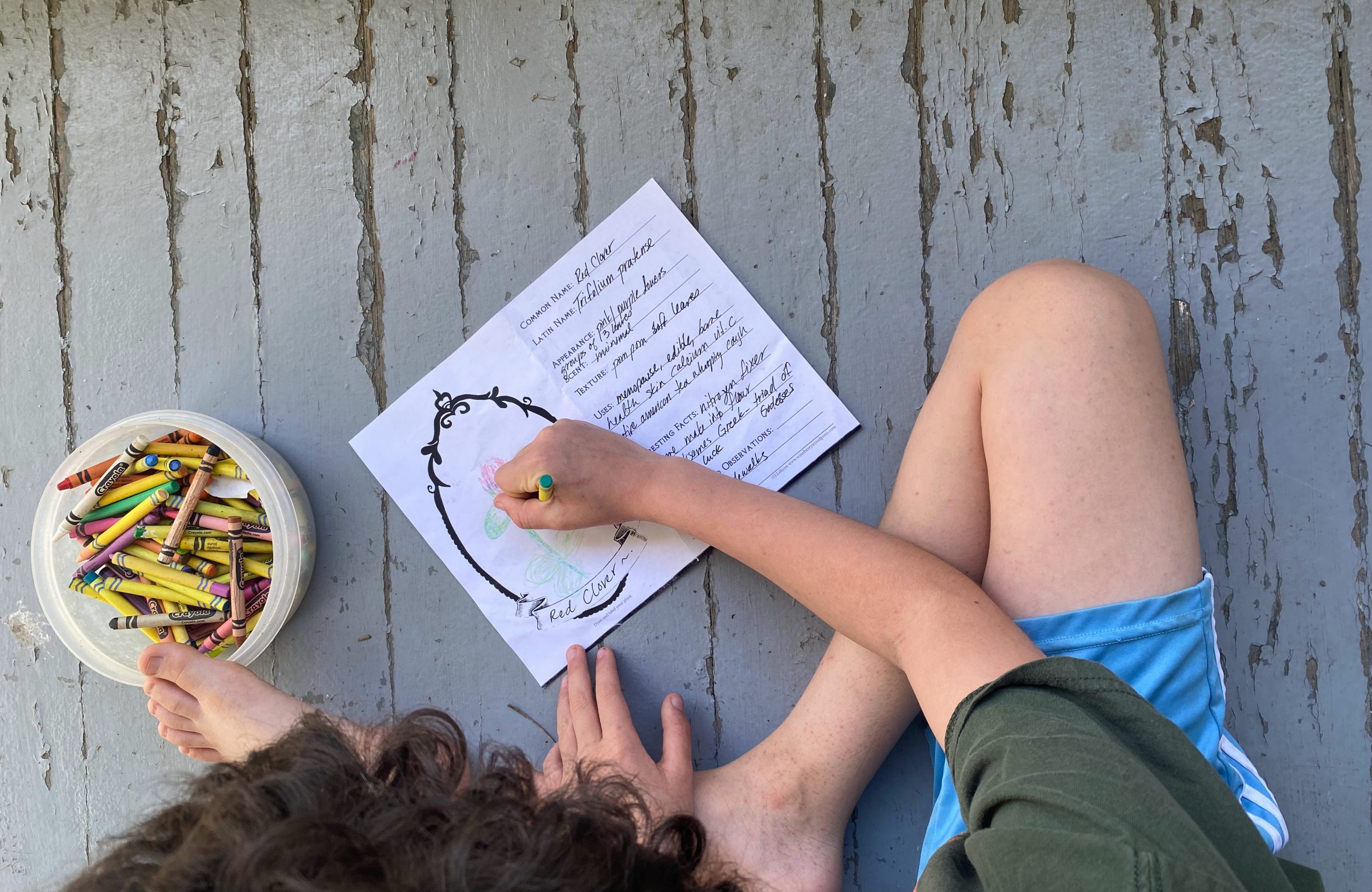
Herbology Apothecary Lore Journal
“Viola led Barclay around the greenhouse, pointing out every mushroom, fern, and fruit. Barclay took detailed notes, and like a proper student asked plenty of questions…” pg 141
The Accidental Apprentice introduces us to the different types of lore in the Wilderlore universe– one of which is apothecary lore. Throughout much of the story Barclay is learning about beasts, plants and their uses and recording them in a notebook. Keeping detailed journals about plants and their properties is a time honored practice outside of the Wilderlore universe too. Naturalists and herbologists have kept detailed nature journals, herbariums and herbals over the years. Herbology in particular combines
the scientific study of plants with plant uses and lore. Their collected information about plants, remedies and potions are compiled in books called “herbals.” Two surviving western herbals are Elizabeth Blackwell’s A Curious Herbal and Nicholas Culpepper’s “The Complete Herbal.” There are also a number of eastern herbals and books in various languages.
For our lore journal, we will draw and learn about various plants and herbs, as well as digging into recipes, crafts and folklore as interest dictates. I have outlined lessons on seed planting, propagation, seed collection and gardening as well. This is a very open ended project that can go in a lot of different directions depending on the ages of the kids involved and their personal interests. You can just draw and research the plants in your yard or a local park, or you can delve into more detail and make recipes, crafts and learn more about the lore of various plants. When in doubt follow the interests of the students! This is a great place to bring in informational texts like field guides for plant research. Source folklore and fiction stories that feature plants if you want to take it further. I have included some lesson ideas and outlined some of the plants that we used to get you started, but focus on the plants that are available in your area and that you are excited to learn more about. And don’t be afraid to learn right alongside the kids!
If you are searching for plant project ideas check out the Plant Wonder Collective, which highlights a different plant each month with dozens of contributors providing recipes, crafts and potions to be made with it.
Download the journal pages below and either print them front and back to have single sheets about a particular plant or do what we did and glue them together into a little journal. (Print them on single sheets and use a glue stick to attach them.)
Sample Outline:
This is just meant to get you started, don’t feel obligated to stick to it. Focus on plants that are meaningful and available to you.
1. Choose any plant (each student chooses a plant they want to start with)
-
- Make journals
- Observe and draw your plant.
- Practice researching and IDing plants.
- Everyone presents the info they learned about their plant and works together to pick a project based on what they learned.
2. Elder
-
- Observe, draw and research
- Softwood propagation lesson
- Make Elderberry Syrup
- Make Elderflower Cordial
- Folklore of fairies & elder (make fairy offerings)
- Hollow stem elder whistles
3. Red Clover
-
- Observe, draw and research
- Plant seeds
- Make red clover iced tea
- Make red clover flour/ playdough
4. Milkweed
-
- Observe, draw and research
- Collect/ save seeds
- Make milkweed stem cordage
- Milkweed and monarch folklore
5. Dandelion
-
- Observe, draw and research
- Seed dispersal/ mechanics experiments
- Dandelion Cookies
- Dandelion Root Tea
- Dandelion flower crowns
Common Herbal Preperations:
- Tinctures
- Decoctions
- Salves
- Syrups & Cordials
- Infused Oil
- Lotion (or lotion bar)
- Glycerites
- Tea
- Flower essences
Garden Lesson Ideas:
- Planting seeds (also stratification, scarification etc)
- Propagating (hardwood and softwood)
- Dividing
- Corms, root, tubers and rhizomes
- Saving seeds
- Seed bombs
Mushroom Farming (Mycology)
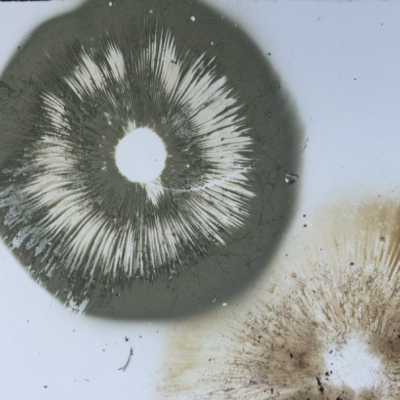
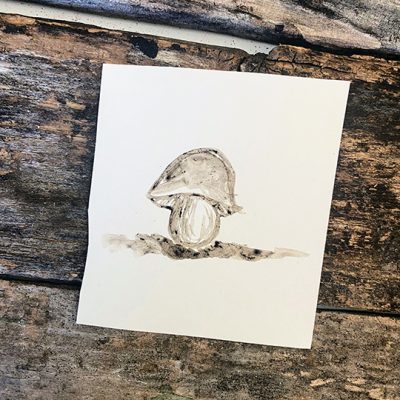
If you are interested in becoming a mushroom farmer when you grow up… try some of these fun mushroom projects!
Crafts
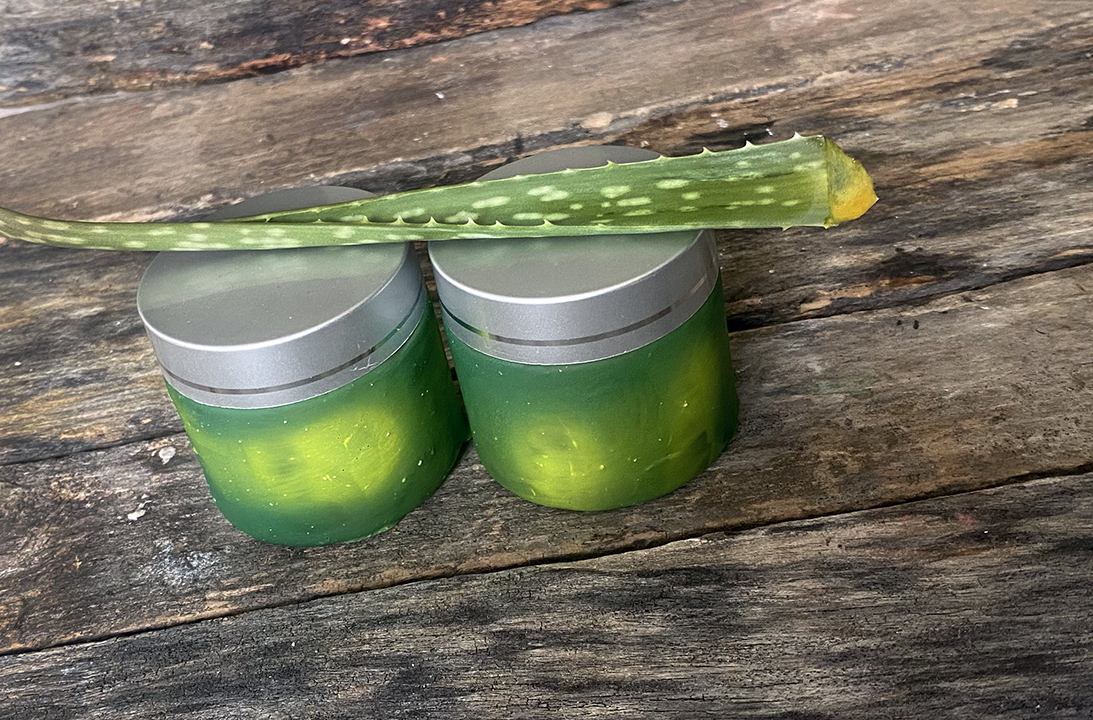
Chamelion Lotion
According to Viola: “‘The sap from a kafersaft tree is a common ingredient in all sorts of elixirs, like Chamelion Lotion and Hornpecker Serum.'” pg. 64
In keeping with our apothecary project, our craft is lotion inspired by the book. The identifying trait of Chameleons is of course that they change color, so I knew I wanted to do something with that and with some sap. I really wanted to make a lotion that changed color, but couldn’t find a pigment that seemed safe for a skin product, so I compromised and made the bottle change color instead. The lotion itself aloe vera gel which is of course the sap of the aloe plant. Not wanting to leave out the second half of teh chamelion, I added some dandelion to the lotion itself.
Materials:
- upcycled glass jars with lids
- thermochromic pigment
- acrylic matte medium*
- 1/2 cup shea butter
- 2 TBS carrier oil infused with dandelion flowers (olive, grapeseed, almond etc)
- 1/4 cup aloe vera gel
- 10-20 drops essential oil of choice (optional)
Method:
First make the jars:
Clean and dry the jars you plan to use.
Mix the thermochromic pigment with the acrylic medium. Shoot for around 50/50 of pigment and medium. Like acrylic paint, it will dry pretty quickly so don’t do this until you are ready to paint.
Paint your jar as evenly as you can so that the pigment is an even thickness. Allow it to dry and then test the reaction. If it’s too subtle add a little more pigment to your paint and paint on another layer. (You can paint any sort of pattern you want, just try and keep the thickness of the paint fairly even) Dry completely.
Next make the lotion:
In the bowl of a kitchen mixer with a whisk attachment, beat the shea butter at medium speed until light and creamy.
Add the oil and essential oil (if using) and beat from another few minutes until well blended, scraping the sides of the bowl.
Add the aloe slowly in several additions a little at a time. Beat on high and scrape down the bowl after each addition. Beat until the lotion has a fluffy texture.
Spoon into your prepared jars, cap, and keep in the fridge when not in use.
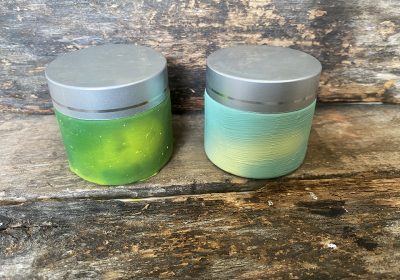
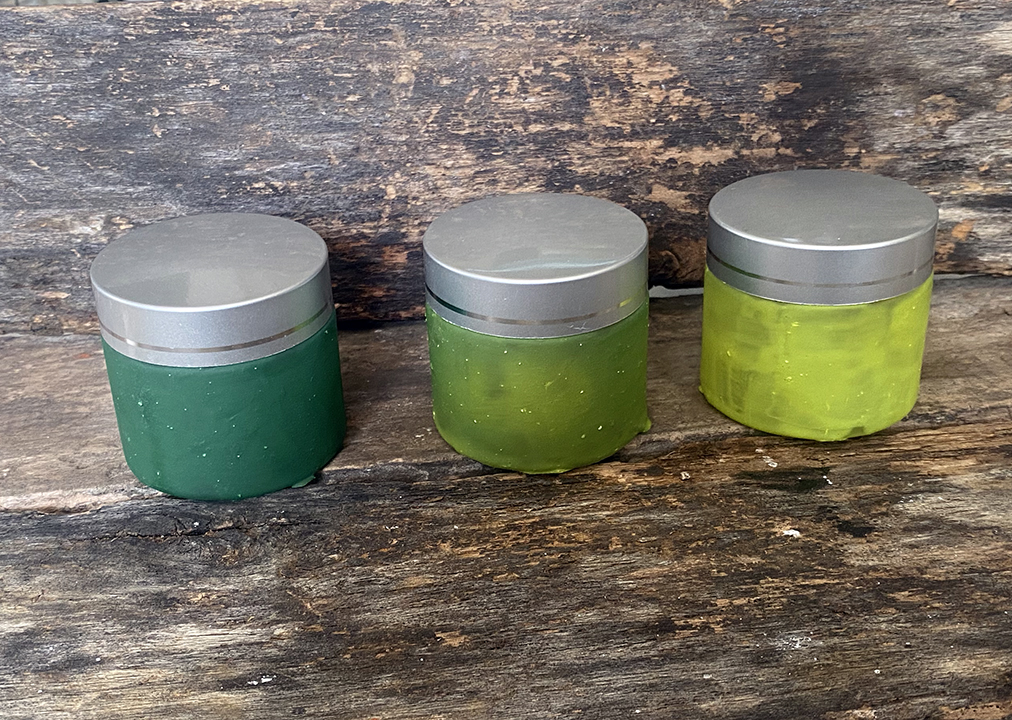
*If you don’t have any matte medium, you could also use a clear glue or even a cheap craft paint. The cheaper the better in this case, because the pigment in the paint will interfere with the reaction a bit. I tested it with white paint and it worked, but wasn’t as dramatic.
** I chose a pigment that changes color at 77° F thinking the lower temp would make it easier to trigger the reaction. (Different pigments are sensitive at different temps) What I did not think about is summer in Maryland… which is hot. And apparently my house is 77° F right now so the whole jar had already reacted. A trip to the fridge (which is how you store the lotion conveniently) returns them to the base color and then you can use your hand to trigger the reaction.
Snacks (Healing Potions)
“He drank all sorts of questionable lore tonics– from Scaromilk to Mendijuice– to heal his shoulder and restore his strength.” pg 201
Barclay mentions two healing potions that one drinks in the Accidental Apprentice: Scaromilk and Mendijuice. In keeping with our herbal theme, I decided to create recipes for them as our book snack.
In case it doesn’t go without saying, I am neither a doctor nor a lore keeper, please always consult with your physician for medical advice.
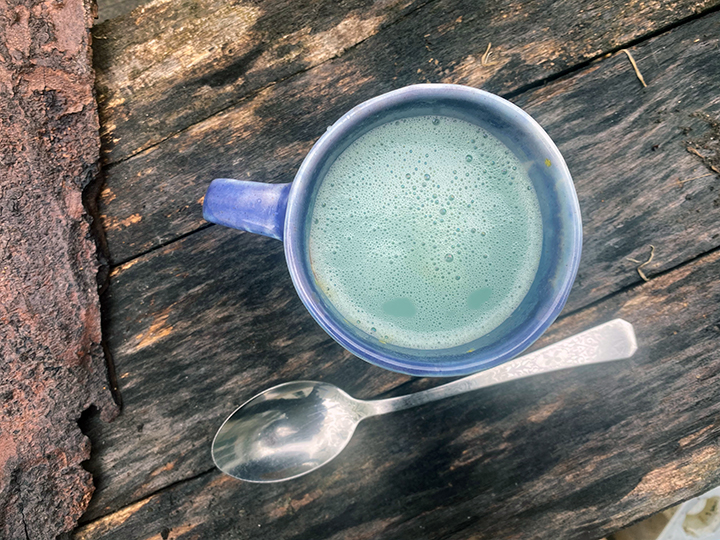
Scaromilk
Scaromilk immediately brought to mind moon milk for me, it sounds soothing and calming, like something you’d drink at night. I also could have sworn it was sacro rather than scaro which explains where I went with this. The root of the word, sacro, is latin for “holy.” This is also where the word sacred comes from. We also know scaromilk is consumed in the story for its healing powers. So what better herb for holy milk than holy basil?
Tulsi (otherwise known as holy basil) is a plant long revered in Southeast Asian cultures. It is common for Hindu homes to contain a shrine with a tulsi plant in the center. Among other things, tulsi is used to relieve emotional and physical stress, heal wounds and fight pathogens. This holy herb is perfect for scaromilk!
Next I added blue vervain. This one can be a little harder to find, so leave it out if you can’t find any. I chose it initially because I found it on a list of ancient holy herbs- the ancient Egyptians supposedly called it the “Tears of Isis” (the Egyptian goddess of healing and magic) and the latin name verbena means “altar plant,” Vervain is said to relieve aches and pains and has antimicrobial properties.
Blue vervain isn’t actually blue, but I felt the scaromilk should be, so I added dried blue butterfly pea flowers. They are one of nature’s few truly blue pigments!
The whole thing is sweetened with honey, which to ancient Greeks was very literally the food of the gods. The Norse people associated honey with immortality. Scientists now know that it is an anti-inflammatory, antioxidant and antibacterial agent. It can also be used to promote wound healing.
Last, but not least vanilla is the seed pod of an orchid, cultivated in ancient Mesoamerica by the Maya, Aztec, and Totonac cultures.The Totonacs considered vanilla a sacred herb and used it in ritual offerings, as a perfume and for medicine. The Aztecs are thought to have begun using vanilla for culinary purposes. It is also antimicrobial and studies suggest that it helps to prevent cellular degradation. (That’s a little outside my paygrade, but interesting nonetheless!)
I know that was a long explanation, but that is the thinking behind my scaromilk recipe– it is also delicious and a perfect bedtime beverage (even if you don’t need any wound healing…!)
Ingredients:
- 1 tulsi ginger tea bag
- Pinch of blue butterfly pea flower powder
- Pinch of dried blue vervain
- Milk or plant milk of choice (I like oat, my kids prefer cow milk)
- Honey to taste
- A few drops of vanilla extrac
Method:
Place all ingredients except the vanilla in a saucepan.
Cook over low heat stirring occasionally. Be careful not to boil, particularly if you are using plant milk, (It will often split at high temps)
Once everything is nice an warm turn off the heat and cover to steep for a few minutes.
Add the vanilla off the heat.
Strain into a mug and serve warm.
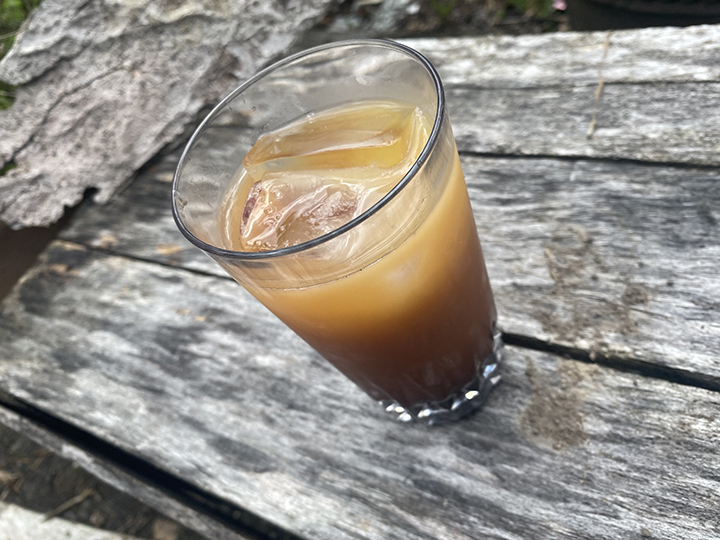
Mendijuice
Mendi doesn’t have an obvious latin root like sacro and I suspect it references mending rather than latin. It’s a juice that mends people! Because of that, I decided that an immunity tonic was in order. Not only is this juice the perfect way to “mend” yourself from mysterious villians, but it’s a great way to fight off a cold too! (The latin root means some imperfect or blemished, so if you used oranges that are seconds you could cover both bases!)
Oranges are famously full of vitamin C and packed with antioxidants. They are also anti-inflammatory and contain potassium and calcium.
Elderberry support immune health and is packed with antioxidants. They are also purported support cardiovascular health.
Astragalus is used to protect and support the immune system as well as wound healing. It has antibacterial, anti-inflammatory properties and antiviral properties.
Echinacea boosts immune function, relieves pain, reduces inflammation, and has antiviral, and antioxidant effects.villains
Ingredients:
- Orange juice
- Elderberry syrup (use my recipe or one that you prefer)
- Soda water (optional)
- Ice (optional)
Method:
Pour a spoonful or two of elderberry syrup into a tall glass. Add ice. (Optional, but makes it easier to pour in the juice without it mixing.)
Carefully pour in orange juice to fill the glass about three quarters full. You can pour over the back of the spoon to minimize mixing if you like.
Top up with soda water to taste. (Again optional, but I prefer my juice on the lighter side)
If you poured carefully, you will see a swirling gradation between the heavier syrup and the juice. This is entirely for looks- stir it up when you are ready to drink it!


